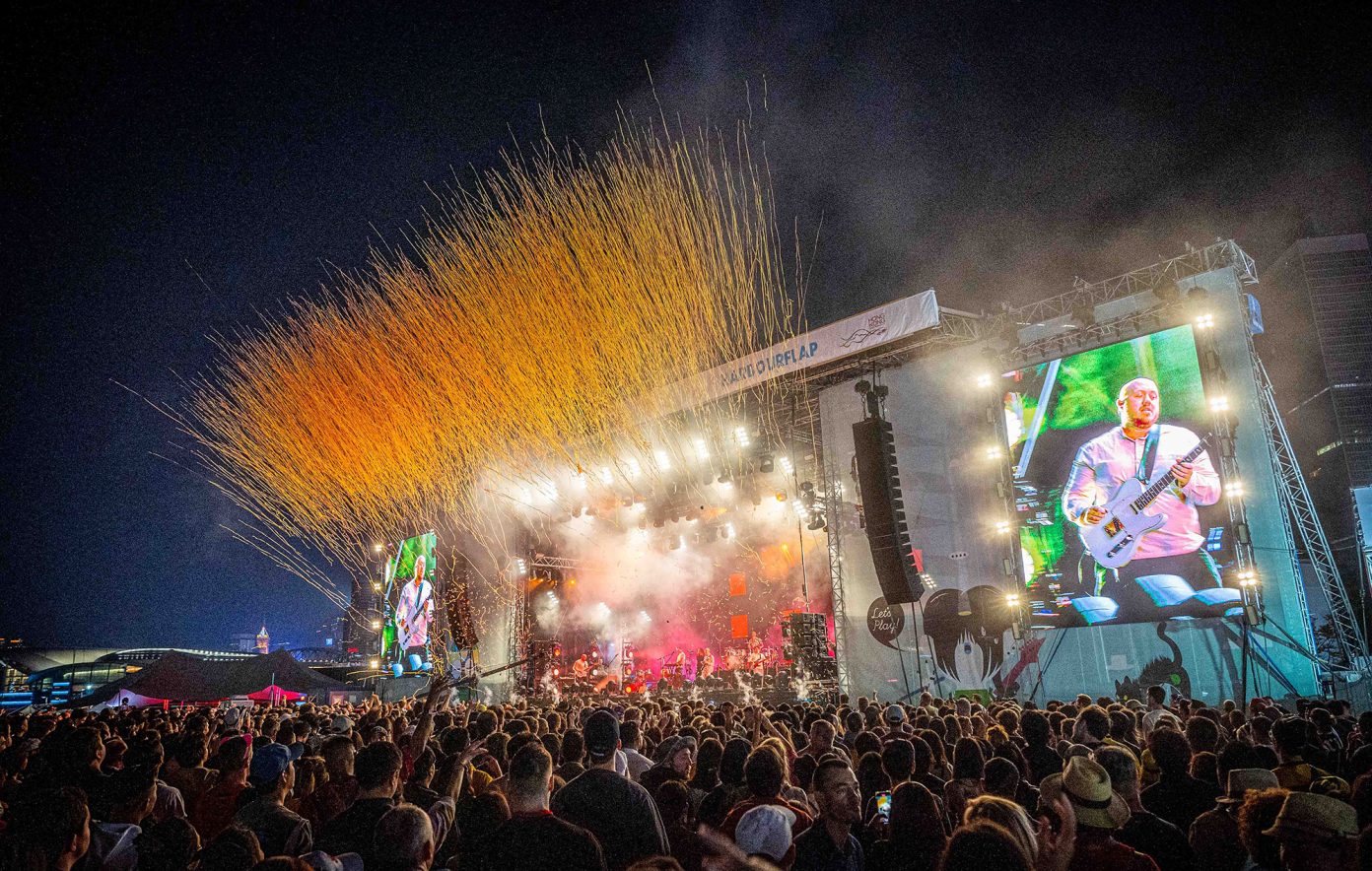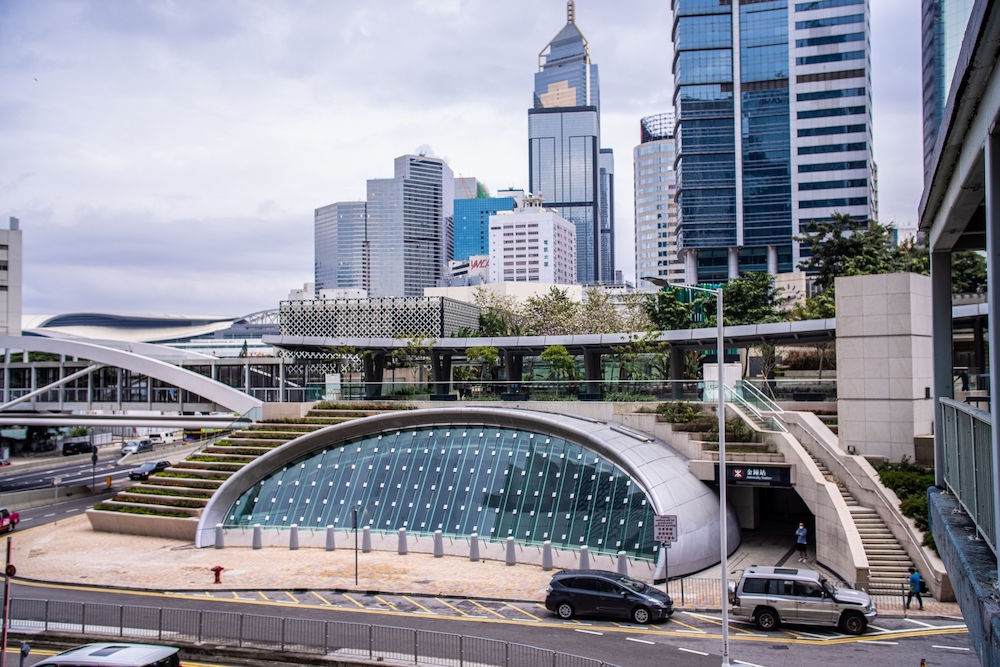Harnessing the power of style to convey a message is a skill that is hard to define. Many designers will tell you that the elements of style that shape our opinions are 99 per cent invisible. So, whilst “good style” may be subjective, creating the right setting or atmosphere fof a business events is essential
With assistance from interior design companies, all hotels and venues aim to make that subconscious connection with their guests. They hope to use design to convey an underlying message that is distinct in style to the particular property or hotel group.
When deciding where to accommodate a group, the overriding advice to planners is to seek out a hotel with an interior design that reflects the desired outcome of a meeting or event. Choosing the right setting will lay the groundwork for success and, in turn, help imprint the right outcome into the memories of every attending guest.
Kerry Phelan Design Office (KPDO), a leading interior design and architecture company, is headquartered in Australia but has a Hong Kong office opening in August. The firm applies a three-pronged approach to all of its hospitality design: collaborative, emotional and personalised.
Kerry Phelan, design director, says: “Emotional design is particularly important to hospitality clients. We need to create enjoyment for guests during their stay at either the hotel or restaurant, and share with them a soulful journey that we created.
“We see the role of the designer as a facilitator, working productively with a diverse range of people to ensure a successful outcome. We favour the collaborative design approach and believe it will be a main design trend going forward. Personalised design comes through understanding, and the history and details of the project add great value to the emotional aspects of the design.”
An example of this approach is Jia Shanghai, set within a classic 1920s building. KPDO started from scratch to reveal the subtle colours of the original materials, such as masonry and stone. The public spaces, designed to be relaxed and contemporary, use a palette of predominantly natural materials. Stained timber, stone, textured leathers and fabrics set the tone, while signature furniture and contemporary lighting ensure comfortable and welcoming interiors. This extends to the hotel suites, which have a more textured and richly coloured overlay. “The overall effect is a series of distinct, personalised spaces,” Phelan says.
Exemplifying the perfect relaxing environment for incentive-trip success is the Banyan Tree Macau. The hotel’s design successfully creates a resort ambience despite being in the midst of the imposing Galaxy Macau complex.

Even for groups with intense meeting schedules, this is a plus. Delegates are able to forget about the stress of the day the moment they step into their room. Rudy Oretti, general manager, says: “Our innovative all-suite concept features a relaxation pool and day bed in every suite. Combined with the use of natural materials and ambient touches, such as essential-oil burners and tranquil sounds, we created the only urban resort in Macau.”
Global interior design firm, Hirsch Bedner Associates (HBA), has an extensive portfolio of hotel design. When designing interiors at the newly opened Jing An Shangri-La, West Shanghai, the firm’s designers took inspiration from the hotel’s surroundings, instilling a sense of chic, high fashion. Todd Ellenberger, senior designer, HBA Atlanta, says: “We were tasked to envelop guests in a world of luxury and modern glamour, and we wanted to create something completely different. As such, we took a lot of inspiration from the city’s fashion-savvy Jing An district. For example, the wall upholstery used in the Grand Ballroom has been designed to look like the laced bodice of an evening dress.”
HBA also worked on Four Seasons Beijing. Anne Chan, associate, HBA Hong Kong, says: “The driving force of the project was to create a unique sense of place through subtle aesthetic references to Beijing and China, marrying the modern with the traditional.”
The interior design concept draws heavily upon the Chinese principals of complementary dualities to create a traditional backdrop with contemporary elements at the forefront. Chan says: “In this case it’s the juxtaposition of linear, bold architectural elements that set the backdrop for abstract art and decorative light fixtures that have movement and whimsy.”
Top tips for event styling
David Roden
• Use what is already there for inspiration. Focus on a main colour or draw inspiration from artwork and distinctive lighting
• Do not use too many patterns
• Don’t be afraid of colour
• Flowers, plants and lighting are important factors to consider when styling any event
• If the room’s lighting is too bright, introduce some ambient mood lighting in the form of standing lamps or candles
• Use fake candles if you want the look but safety is a concern
Bridget Saunders
• Finalise the guest list before you start, then pick a venue that is experienced and prepared to handle the number of guests that you intend to bring
• Set a budget and then decide what you just can’t live without
• Less is more, but bigger is better – larger flower arrangements, decorative items and candles make a statement and reduce the number of products needed
• Decide your colour scheme and concept before you search for decorative items and stick to it
Style dining spaces

Choose a restaurant or private dining room with the right design to heighten a group’s experience. The Ritz-Carlton, Hong Kong called on the services of SPIN Design Studio from Japan for its Chef’s Table dining room.
Executive chef Peter Find says: “The original brief was to create a private room but during construction we came up with the idea to cook and plate all the dishes in front of guests, to create a personal connection. We want guests to look forward to a culinary experience that is not just about stimulating the palate, but also delighting the visual senses, and so we also create themes in-house, for example, a garden with faux butterflies.”

Also creating a unique dining experience through design is Intercontinental Danang Sun Peninsula Resort. Not only does its restaurant Citron, designed by architect Bill Bensley, boast spectacular ocean views, its private suspended dining booths appear to float in the air and have been designed in the shape of an inverted nón lá, the traditional Vietnamese conical hat.
How to: style events like a professional

David Roden, interior designer, event stylist and columnist, explains how to transform a boring meeting space into a stunning event space. He says: “The key to any event styling is to make the ordinary look beautiful.”
Roden explains that the best place to start is by building on the room’s basics. Work with what you’ve got and add to the existing aesthetic instead of trying to cover it up. He says: “For example, I had to set up an event in a room that was dominated by a Cadbury-chocolate purple carpet, so we used that as the starting place, bringing in flowers and other decorative touches in complementary purples.”
If you want to completely transform a room, Roden advises creating a space within a space. He says: “The organiser of a recent event wanted an Arabian Nights theme, so we set up Arabian-style tents inside the space, which immediately changed the ambience.”
Interior stylist, Bridget Saunders, suggests that everything should be coordinated and themed around an initial concept. She says: “For an event to have a cohesive feel, every ribbon, place card or menu needs to feed into the original invitation, theme or colour scheme. The food should fit the feel of the event too.”
Roden says that planners need to come up with creative ideas when it comes to limitations imposed by the space. For example, when it is not possible to change plain walls, a projector can be used to project images, patterns and block colour. It’s an inexpensive, non-permanent way to alter a room.
Lighting can also be the key to making a large room feel intimate. Feature lighting or well-placed uplights should be used to mark the edges and will change a room from dull to inviting, Saunders explains.
The professionals
Kerry Phelan Design Office
Bridget Saunders
Hirsch Bedner Associates
David Roden
Bill Bensley
Spin Design Studio


